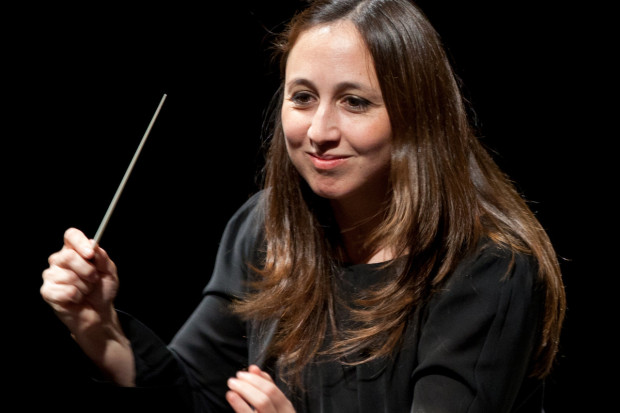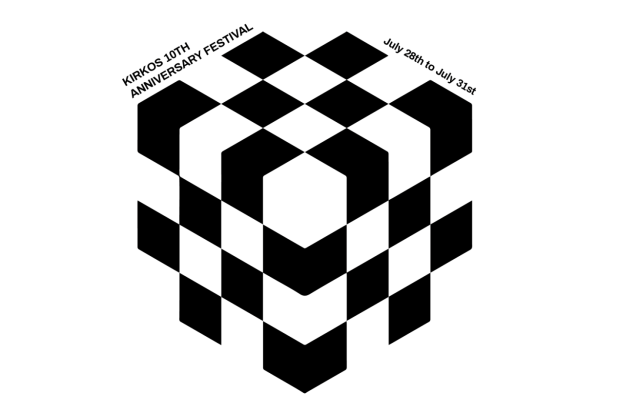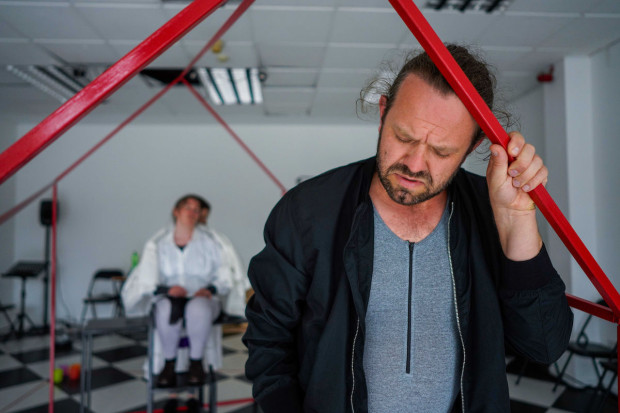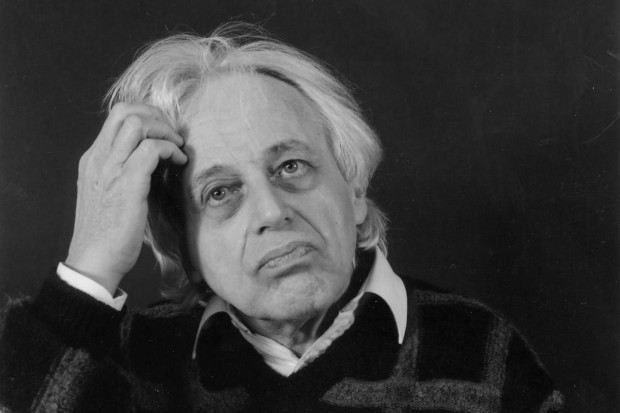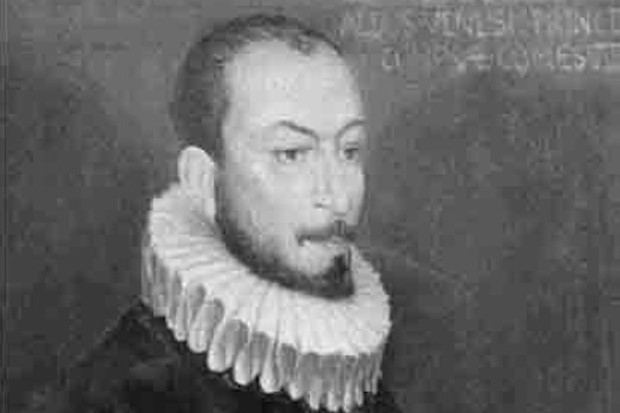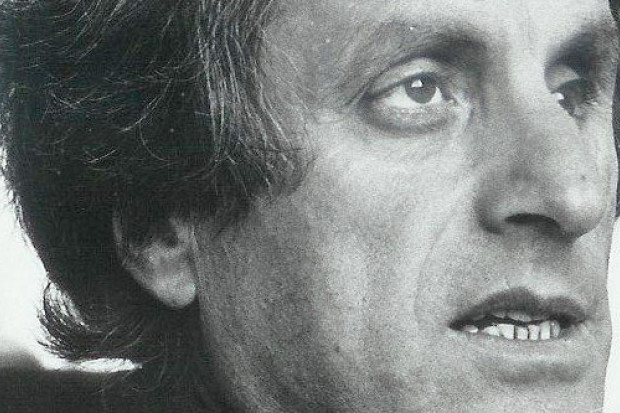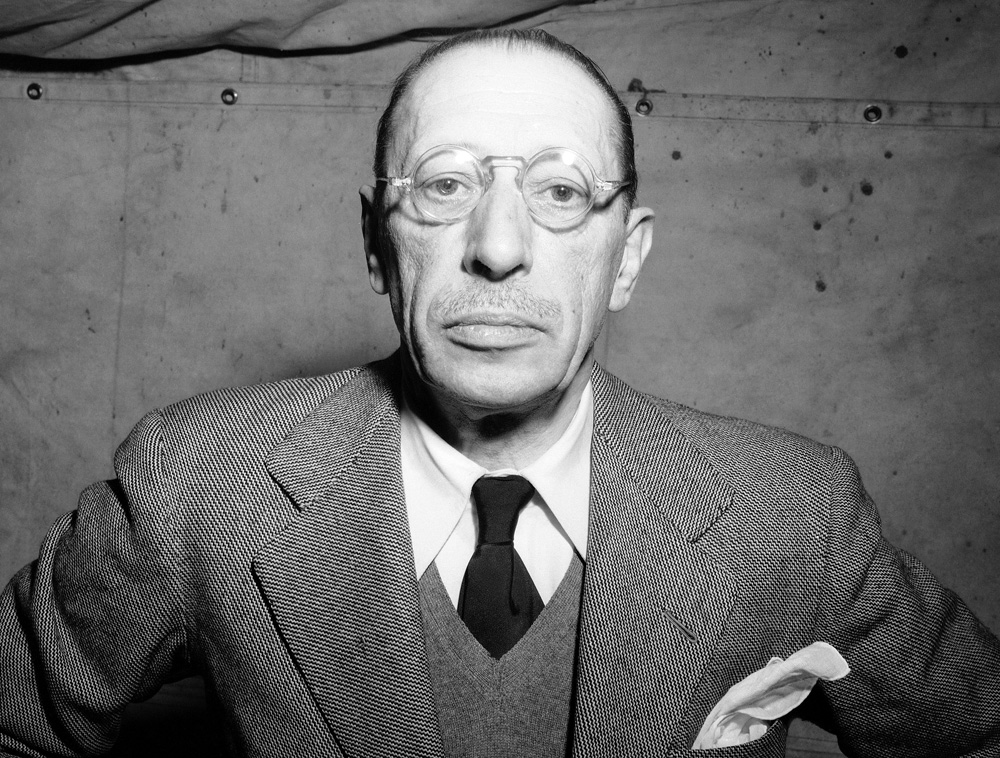
Igor Stravinsky
Reimagining Stravinsky's Rite of Spring
The Kirkos Ensemble, based at the Royal Irish Academy of Music in Dublin, has commissioned a set of pieces to mark 100 years since the premiere of Igor Stravinsky’s Rite of Spring. Fourteen different Irish composers were asked to contribute to the project, with each arranging a section of Stravinsky’s work for the much smaller instrumentation of violin, viola and cello.
Works by Sebastian Adams, Breffni O’Byrne, Andrew Hamilton, Ian Wilson, Bill McGrath, Fergus Johnston, Gerald Barry, Raymond Deane, Robert Coleman, Garrett Sholdice, Jonathan Nangle, Evangelia Rigaki, Fergal Mulloy and Kevin O’Connell will feature in a launch concert on 29 May at the Odessa Club, Dublin. Live-generated visuals by Tim Redfern will accompany the music.
29 May is the same date as the original premiere of Stravinsky’s work, in 1913. The Rite of Spring, a ballet, was commissioned by Sergei Diaghilev’s Ballet Russes and premiered at the Théâtre des Champs-Élysées in Paris, famously causing a riot in the audience.
This week, Sebastian Adams, director of Kirkos, told The Journal of Music more about the project.
How did you divide up the piece? Does each composer deal with a specific part of the work, or is each work a more general response to the Rite of Spring by each composer?
Each composer took a specific part. We gave them all choices about which part they took to make sure everyone got one that appealed to them.
What kind of instructions or brief did you give to the composers?
We made it very clear that we didn’t want to influence the composers at all. The only stipulation was that they couldn’t be too long; beyond that we wanted the composers to do whatever they wanted, with the focus on the word ‘reimagining’ (I still suspect it may not be a real word) rather than arranging. The result is that we received scores which did everything from explicitly transcribe most bars of the corresponding section to ones which don’t even borrow material from the Stravinsky, rather channeling the spirit of his music. (One well-known composer admitted to me that he had lost his Rite of Spring score and couldn’t remember the title of his section, let alone how it went.)
What is it, for you, about the power of the Rite of Spring that has endured 100 years?
The Rite of Spring is one of those few works (like Beethoven’s Fifth Symphony) which holds a mystique that trenscends the music. Everything about its conception, from the infamous premiere to the way it broke down the boundaries of metre and tonality, has made it legendary. Then on the other hand there is a hell of a lot of great music in there! I think there are extremes of emotion (particularly that sort of trademark primeval aggression, but also gentler things) in the Rite of Spring that are rarely found in other music, even in other Stravinsky.
Do you think that the Rite of Spring still has the ability to shock in the way that it did when it was first performed?
When I asked Andrew Hamilton to take part in our Rite, he told me that the Rite of Spring was one of two pieces of music that had ever shocked him (the other being Andriessen’s De Stijl). So, yes!
What is the function of the live-generated visuals here? Is there any relation between them and the original ballet?
Our vision of our Rite was that it would be a pint-sized but full-blooded version of the Rite of Spring. We shrank an enormous, multicoloured orchestra down into a tiny and homogenous string trio (which is, incidentally, a notoriously difficult genre to write for). We wanted to mirror this process with the visual side of the ballet, so replacing a bloated dance company with one very talented man, Tim Redfern, and his laptop made perfect sense. We still don’t know exactly what he’s going to do, but he’s promised me it won’t be subtle.
Tickets to the event cost €20 and can be booked here.












